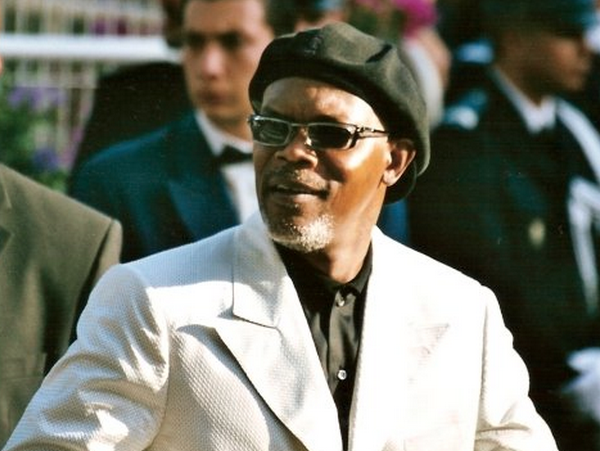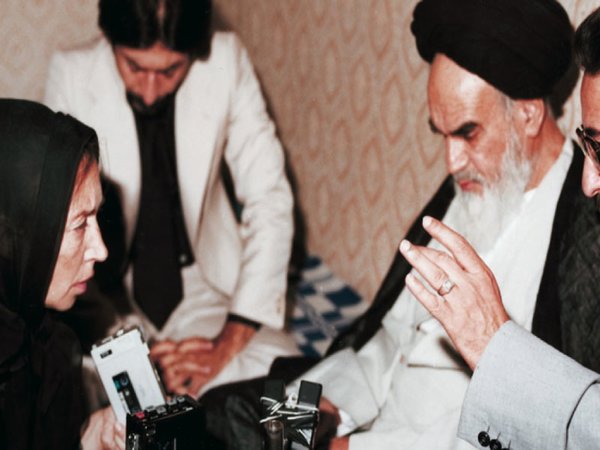For a long time, some people believed that if the horror could be made vivid enough, most people would finally take in the outrageousness, the insanity of war.
– Susan Sontag, in Regarding the Pain of Others
After years of working as a war photographer and documentarian, Danfung Dennis was so frustrated by the limitation of the two-dimensional image that he decided to create a new technology that could help better convey the experience of being immersed in a conflict zone.
Such was the beginning of Condition ONE. Using a custom-made camera rig and the iPad2’s gyroscope, it transforms the screen into a moveable window into another world.
It’s a new form of storytelling that aims to engage the viewer, providing a visceral feeling of ‘being there’, through disruptive videos presented in 180-degree field of view.
The technology ‘fuses the ethics, method and aesthetics of photojournalism with the tradition of cinematic filmmaking with virtual reality,’ Dennis told Time Lightbox.
In doing so, he is hoping to once again shock and awe us in a time when we have been too accustomed to being confronted with images of war.
Filmmaker magazine wrote that Condition ONE’s ‘reinvention of war journalism… is provocative, mindblowing, awesome and even kind of scary in a Strange Days kind of way.’
Watch veteran war photographer Patrick Chauvel’s first beta test from Libya in 2011 below and judge for yourselves:
My Freedom Or Death – Condition ONE Beta from Danfung Dennis on Vimeo.
While hordes of journalists, photographers, and documentarians are rallying behind and praising the potential of this new and powerful technology, it is not without its skeptics either.
In a “Lens” blog post on the New York Times website, Michael Kamber wrote that while Chauvel’s Libya piece is one of the most successful of Condition ONE’s pieces, it also shows ‘signs of the medium’s limitations.’
‘It conveys a great experience, but can it become something more? Created expressly to give the viewer editing choices, the app appears to add little to traditional storytelling’, Kamber wrote.
In the same post, Nadia Hallgren, director of photography on Trouble the Water commented, ‘You can tell a good story in five minutes with traditional methods – here, I just got an experience.’
Dennis does not seem too fazed about this criticism, and reminds us it is still in its early stages.
‘We have just developed the tools […] This is a new medium — lots of rules don’t exist yet,’ he told Michael Kamber.
To the British Journal of Photography he said that working with Condition ONE requires ‘a different type of shooting and a different thought process.’
‘In a documentary film the user is very guided; we have had to ask ourselves how to tell a story when we don’t know where they will be looking.’
Although the early demos are mainly made up of war videos, what makes this technology so promising is its potential to work across a range of areas of reporting.
The Guardian’s online travel section recently partnered with Condition ONE to create immersive videos, or a form of enhanced ‘armchair travel’:
Condition ONE is currently only available on iPad2, but they are working on bringing it to other mobile devices in the future.
Steinar Ellingsen is a Norwegian journalist and photographer, and a Journalism lecturer at La Trobe University. He’s currently making a documentary webseries chronicling a ten-week odyssey in Australia, as part of a practice-based PhD at La Trobe University.








